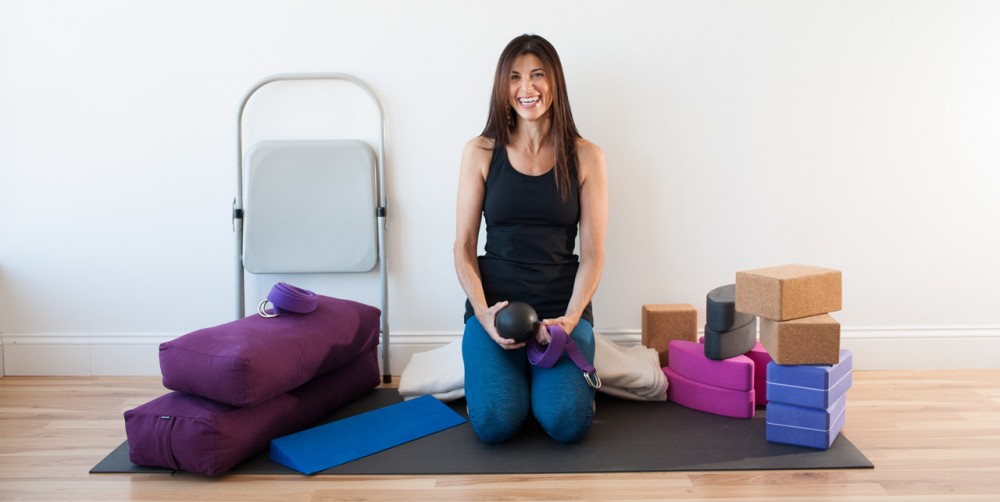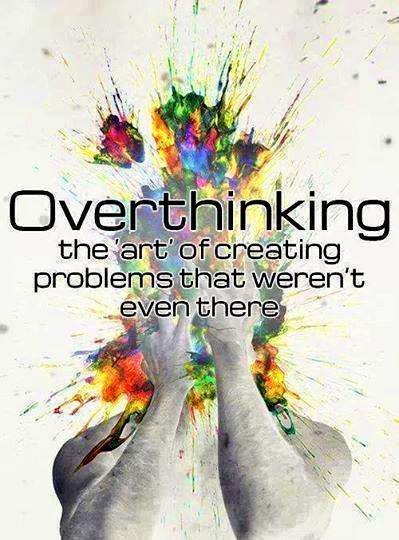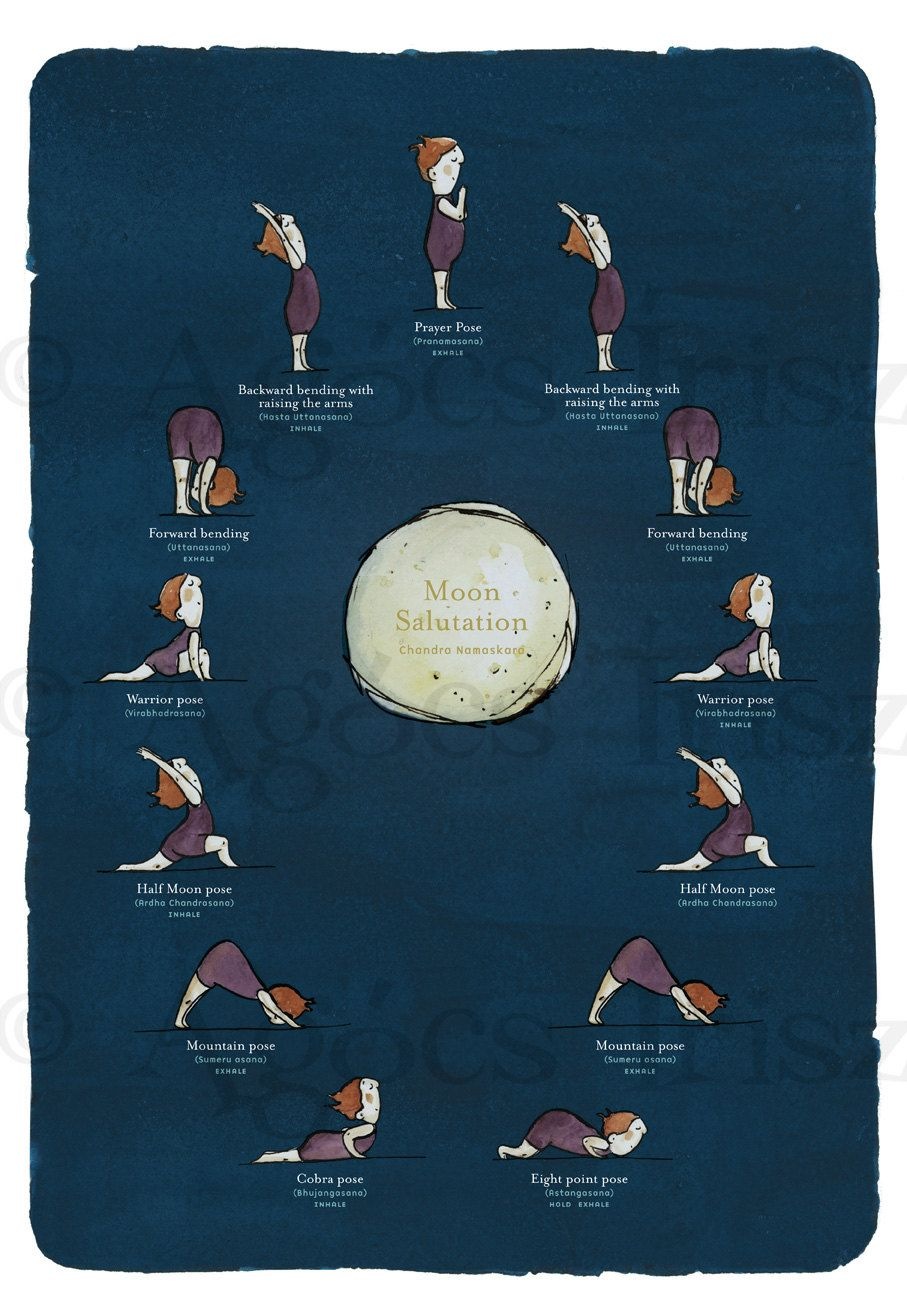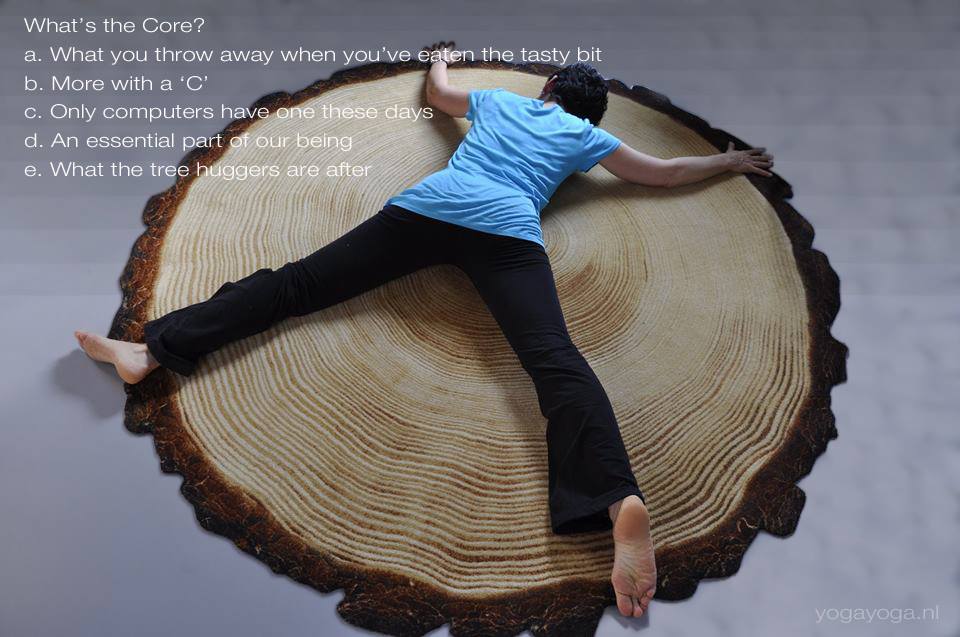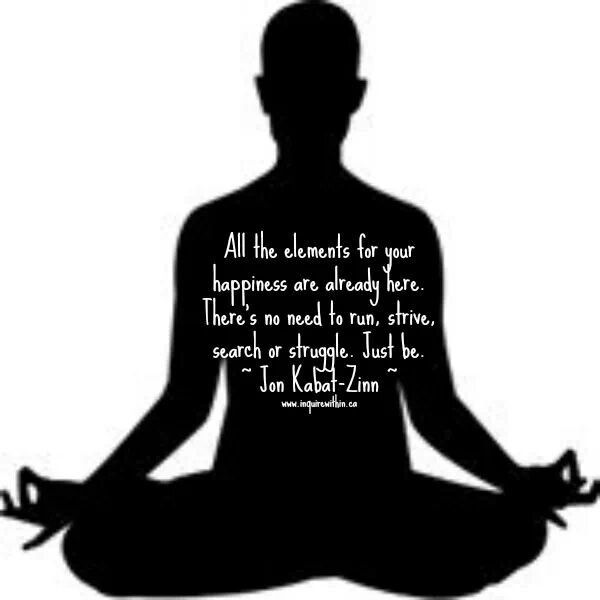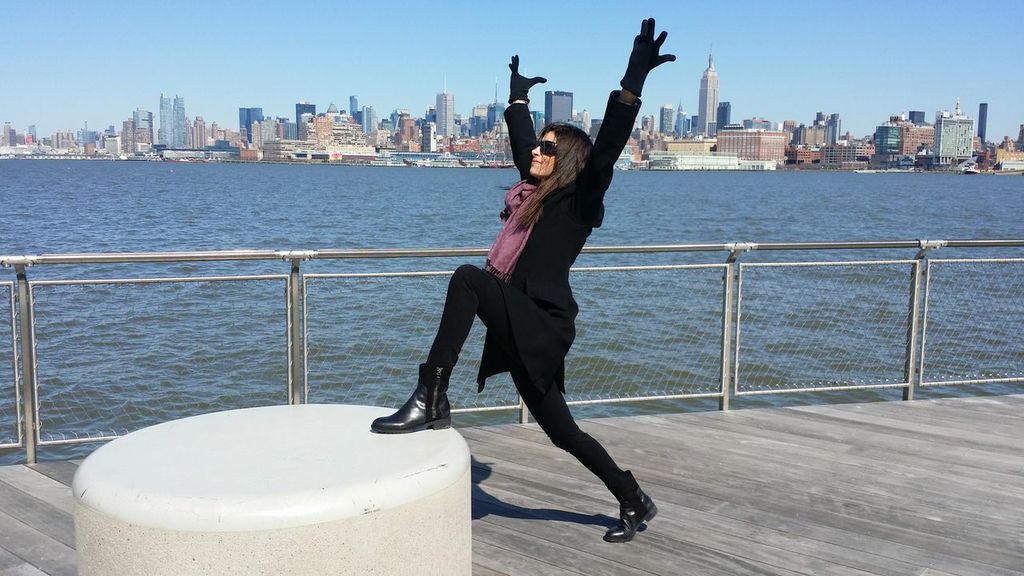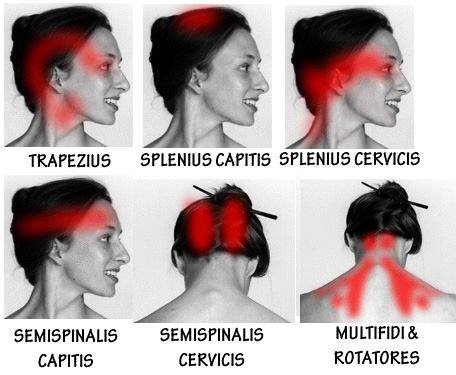Yoga for the parasympathetic system : Ah yes, TGIF ! Did you have a week of overthinking things? If so, your parasympathetic nervous system was likely shut down and your sympathetic nervous system was in high gear!. Did you even know that your autonomic nervous system had two branches?
Well, research is now showing the benefits of yogatherapy for stress management and disease prevention. According to a recent article by Dr. Timothy McCall,
“The SNS, in conjunction with such stress hormones as adrenaline and cortisol, initiate a series of changes in the body, including raising blood pressure, heart rate, and blood sugar levels. These changes help a person deal with a crisis situation. They mean more energy and more blood and oxygen flowing to the large muscles of the trunk, arms, and legs, allowing the person to run from danger or do battle (the so-called “fight-or-flight” response).
The PNS, in contrast, tends to slow the heart and lower the blood pressure, allowing recovery after a stressful event. Blood flow that was diverted away from the intestines and reproductive organs, whose function isn’t essential in an emergency, returns. In contrast to fight or flight, these more restorative functions can be thought of as “rest and digest.” They are also sometimes dubbed the relaxation response.”
Today’s tip: If you have time to put your legs up the wall or even lay down with the entire back wall of the lower legs on a chair, cover your eyes, and breathe so that you start to extend your exhalations. Or listen to one of my relaxation practices. 15 minutes goes along way to reboot and free up some creative energy for your weekend
